Power Outages: Emergency Aquarium Prep
With the recent hurricane in Florida, seeing all the tragic posts in the online aquarium groups of beautiful and thriving tanks destroyed by power outages, it’s important to reassess what we might do in a similar situation. Of course, here in the Midwest, we’re not likely to see a hurricane anytime soon, but multi-day outages from thunderstorms aren’t uncommon, and ice storms have been known to knock out power for over a week. Years of hard work and diligent aquarium husbandry can be undone in a matter of hours, unless you have a plan.
In a power outage, the most important factors you need to address to keep your prized aquarium life going are temperature and dissolved oxygen levels. Generally, if you can keep control of these two elements, everything else such as lighting and filtration can be ignored until power is restored. However, it’s important to think ahead and purchase the equipment you’ll need and form a plan of action ahead of time to prevent a last-minute scramble for emergency gear like generators or battery backups.
Short Outages (1-3 Hours)
For short outages that last only a few hours, you usually don’t have to do anything. Unless your tank is heavily overstocked, there should be enough dissolved oxygen in the water to maintain sufficient levels for several hours. Simply check on your livestock regularly, looking for any signs of distress like gasping on the surface. Likewise, on this short of a timespan, your aquarium’s water temperature shouldn’t change significantly unless ambient temperature conditions are extreme.
24 Hour Outages
After the power has been out for several hours and shows no signs of being restored any time soon, the unprepared aquarist is likely in for a stressful day of figuring out what equipment is needed, and how they can source it on short notice, with several thousand other locals potentially racing to buy the same thing before local stock runs out.
One of the cheapest and easiest pieces of equipment you can buy is a car inverter. These usually cost $20-$30, and convert the power from your car’s 12 volt battery to standard 110 volt AC. This will usually be sufficient to power a heater and a circulation pump for a few hours, but requires you to keep your vehicle in place, and run the engine occasionally to keep the battery charged. This is a very inefficient way of powering your tank though, and isn’t the best solution for long outages since a car isn’t designed to be a generator. Another commonly recommended affordable option is a battery powered airpump, which can run for hours helping to keep the water circulated, though you’ll need to find another solution for temperature control.
You’ll often see UPS, or Uninterruptible Power Supplies, being recommended for power outages, but these really aren’t an ideal option. These work by acting as a powerstrip with an integrated battery which automatically switches to battery power in the event of an outage. This sounds perfect, but they’re not meant for continuous use. They’re designed to be used with computers and other sensitive equipment to keep them powered long enough for a proper shutdown procedure, as such, their actual continuous runtime is fairly poor due to the efficiency losses converting from DC to AC electricity. They’re also expensive, usually costing well over $100 for a decently sized unit, with useable lifespans of only a couple years before the batteries wear out.
If you have a reef tank with any of the commonly used 24V circulation pumps, there are several great ready-made options for backup batteries such as the IceCap Battery Backup or the EcoTech VorTech Battery Backup. Like a UPS, these units will automatically switch over to battery power in the event of an outage. However, unlike a UPS, these batteries run between your pump’s DC adapter and the pump controller. This allows them to directly supply 12V DC electricity with no efficiency losses due to DC/AC conversion. The lower voltage also results in slower pump speeds, lowering power draw, further increasing emergency run times. Depending on the pump(s) that the battery is powering, and the speed settings, these unit can easily last a whole day.
Multi-Day Outages
In most areas of the US, power outages lasting over a day may be uncommon, but on a long enough time span, they WILL happen. For any serious aquarist that plans to be in the hobby long-term, especially reef aquarists with highly sensitive (and expensive) livestock, a generator is a necessity. A generator is simply an engine, usually gas powered, but sometimes diesel or even propane or natural gas in more expensive units, that outputs mechanical energy into a motor, converting it to electrical energy. Generators are designed to run efficiently for days on end, with a properly sized unit able to keep all the devices on your aquarium running for as long as you can keep the fuel and oil full.
There are countless types, sizes, brands, and price points of generators from cheap 2-Stroke lunchbox sized portable units, to permanently installed multi thousand-dollar whole house units bigger than your car. However, for the purposes of this article, we’ll just look at midsized portable generators. The first step in picking out a generator for your aquarium is calculating the total watts used by all necessary life support in your system. In most cases, this will be under a thousand watts even for fairly large systems. As such, a 3000-4000 watt unit makes a great option, with plenty of headroom to run other equipment such as a fridge, lighting, entertainment, or a small space heater or portable air conditioner for extreme temperature conditions (another great tool to keep on hand for extended outages.) A traditional generator of this size can usually be sourced for around $300 depending on brand and features.
Unfortunately, traditional generators are VERY loud, and produce somewhat “dirty” electricity which can be detrimental to more sensitive electronics like aquarium lighting. For this reason, many aquarists recommend Inverter style generators, which are more efficient, quieter, smaller, and produce more consistent power. However, all these features come at a significant cost, with prices several times higher than an equivalently spec’d traditional style generator.
Summary
As the adage says, an ounce of prevention is worth a pound of cure. We can’t always know when a power outage outage will hit, or how long it will last, so it’s vital to have the equipment and a plan of action in place before you need it. The long-term success of your aquarium depends on it.





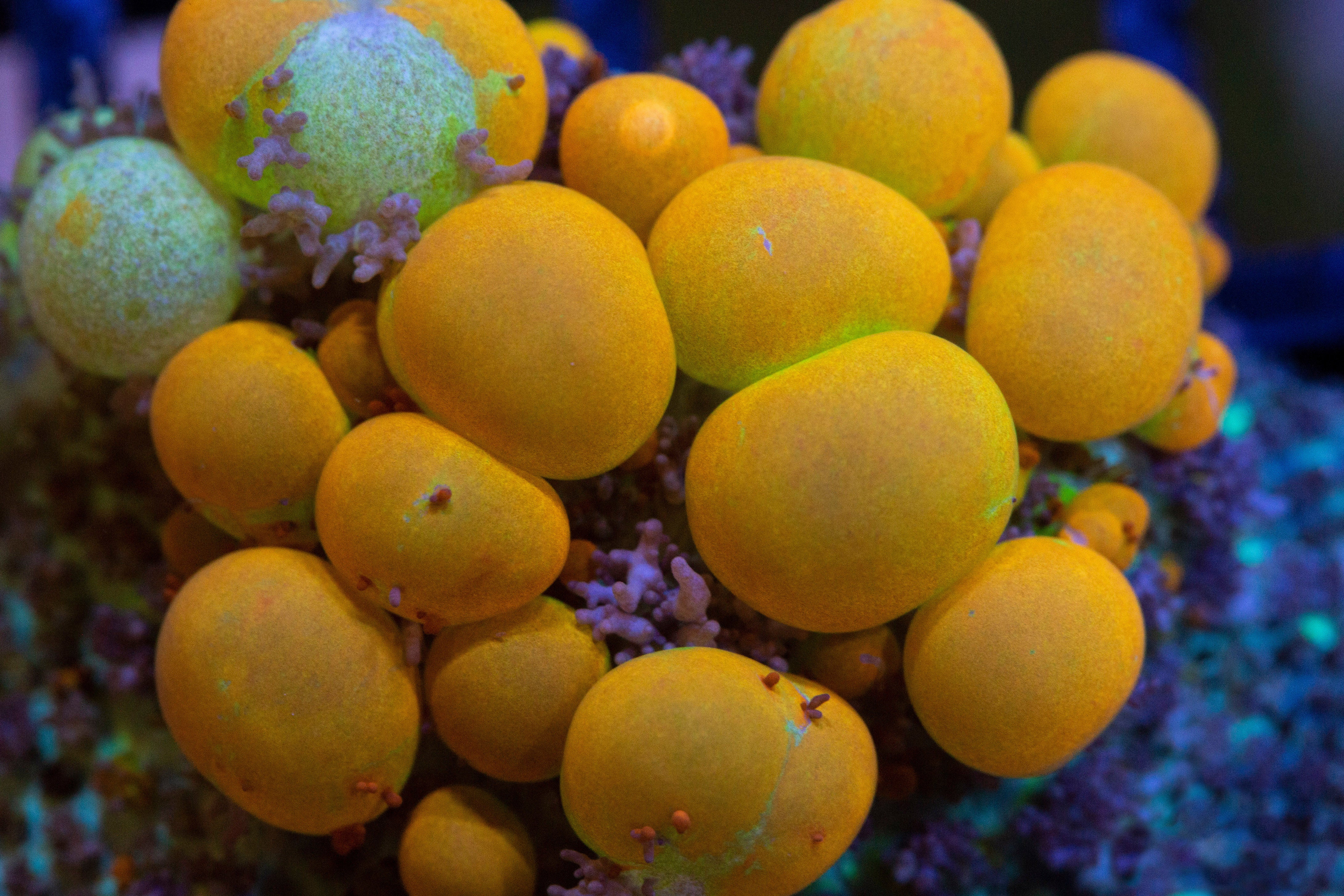
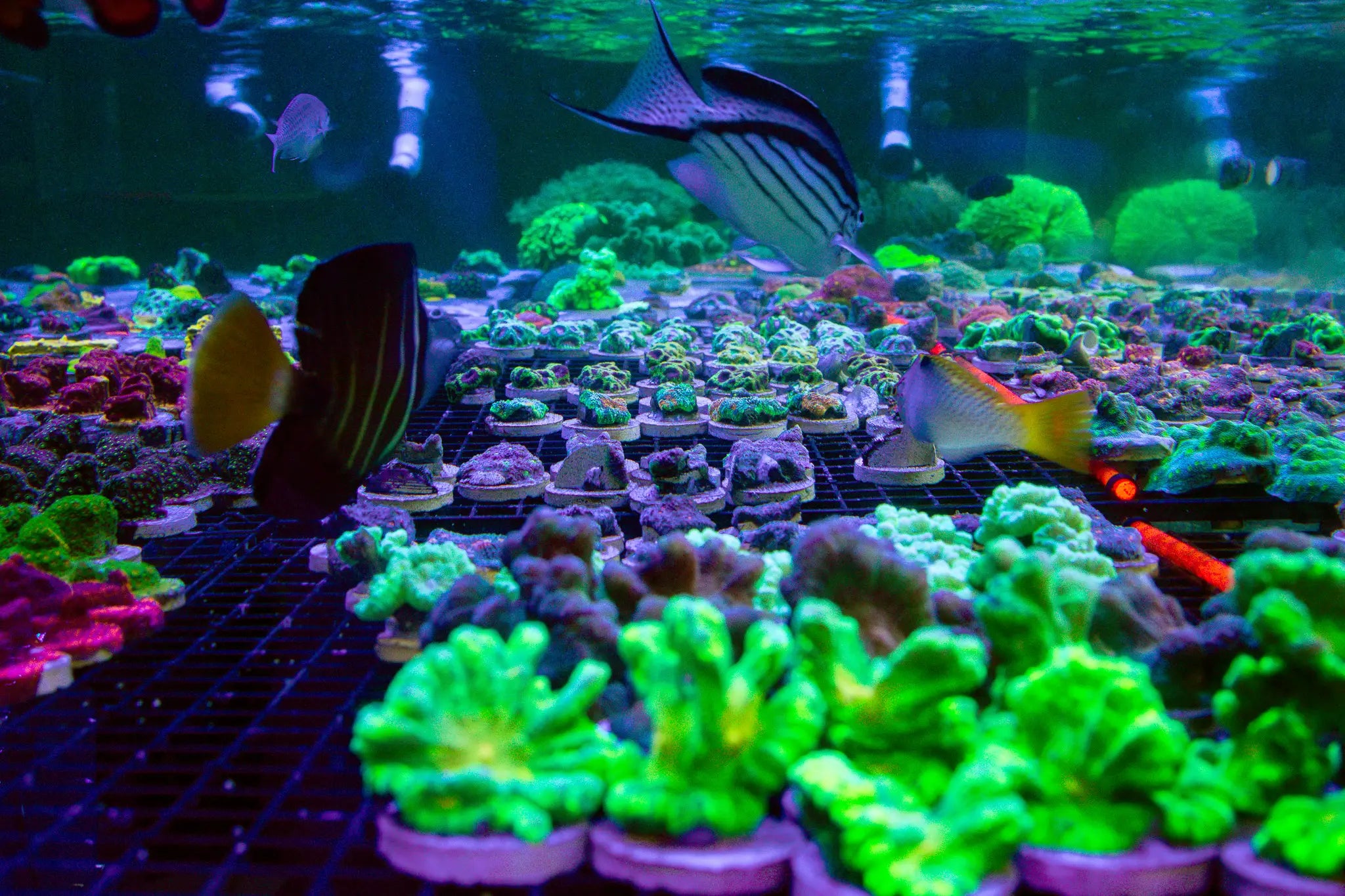
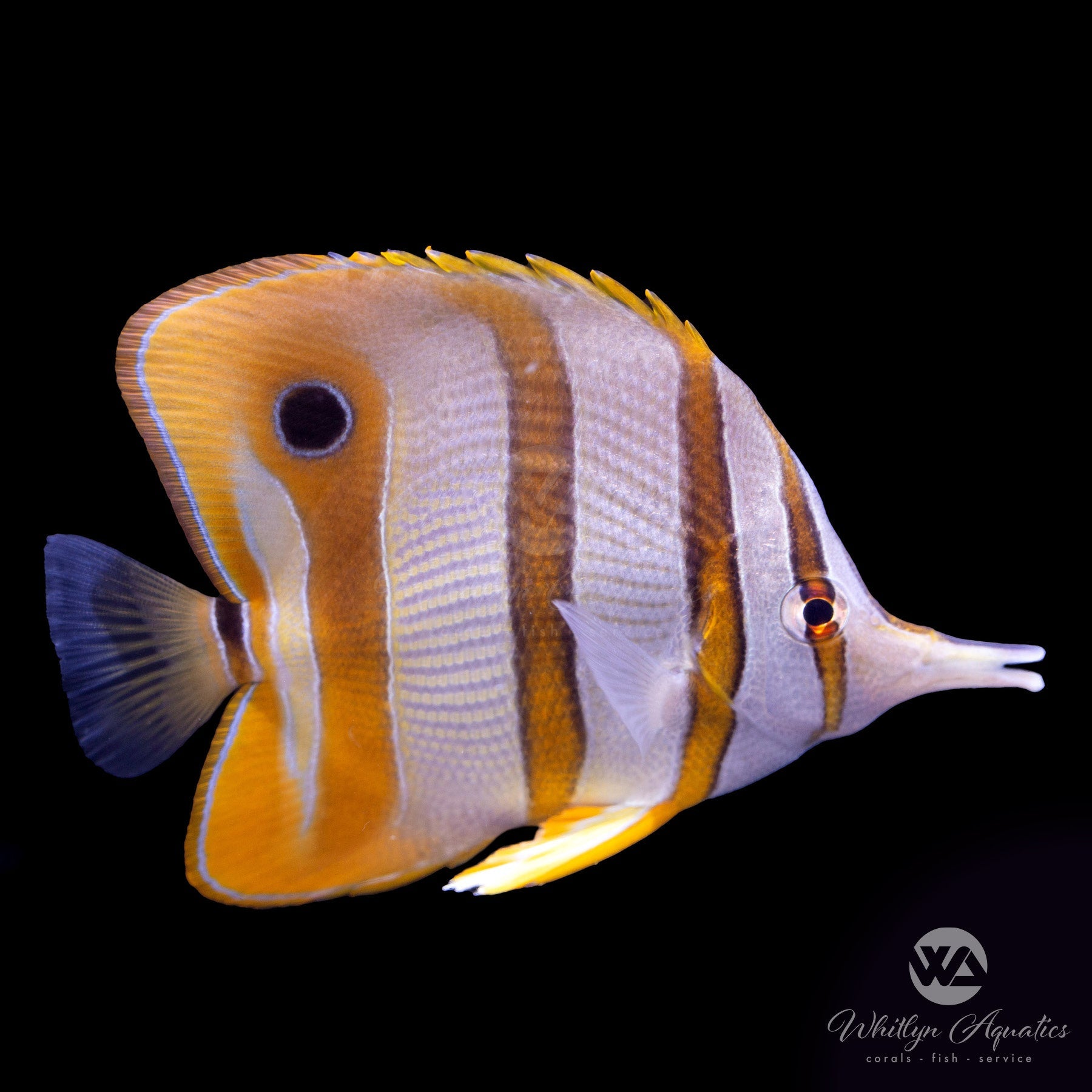
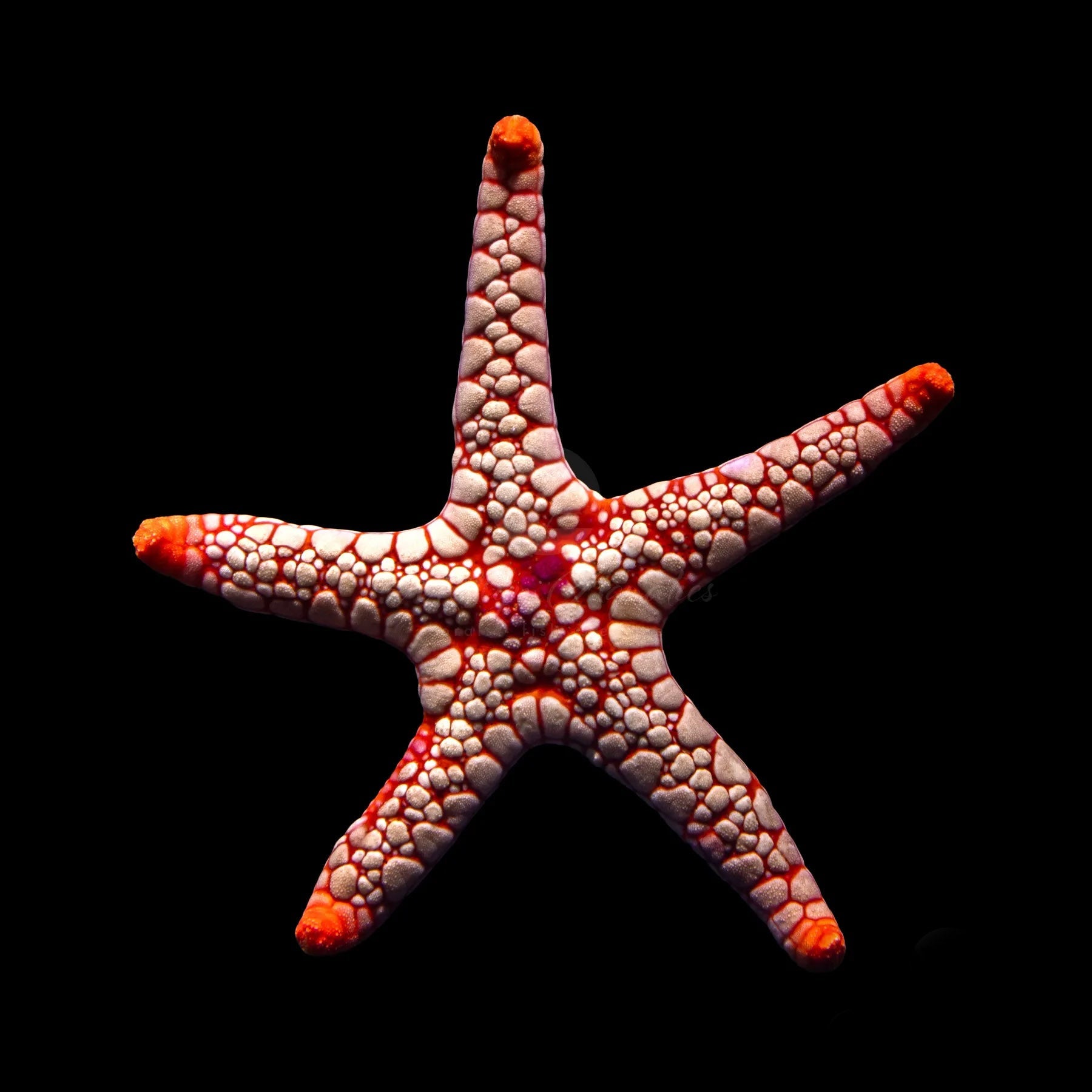
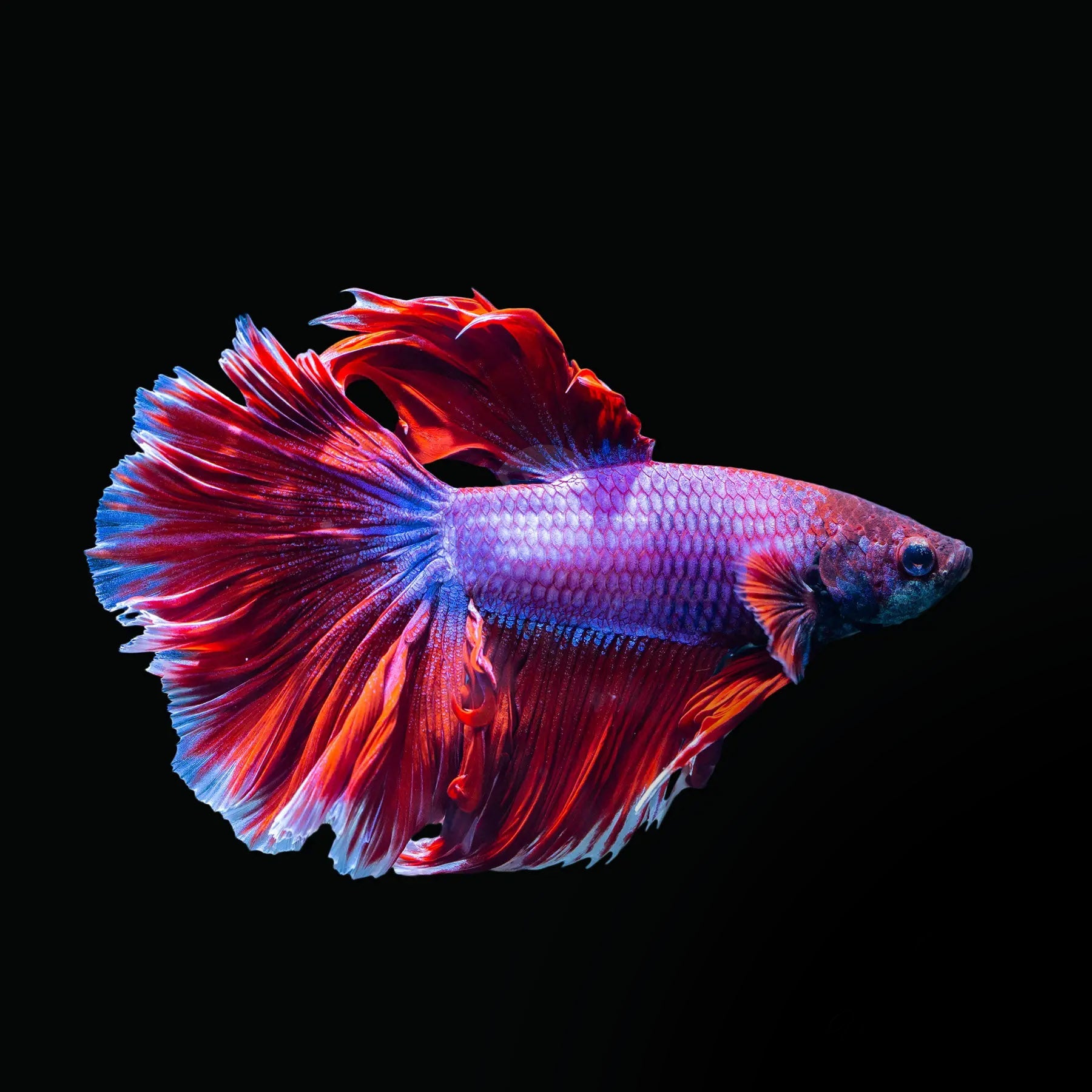
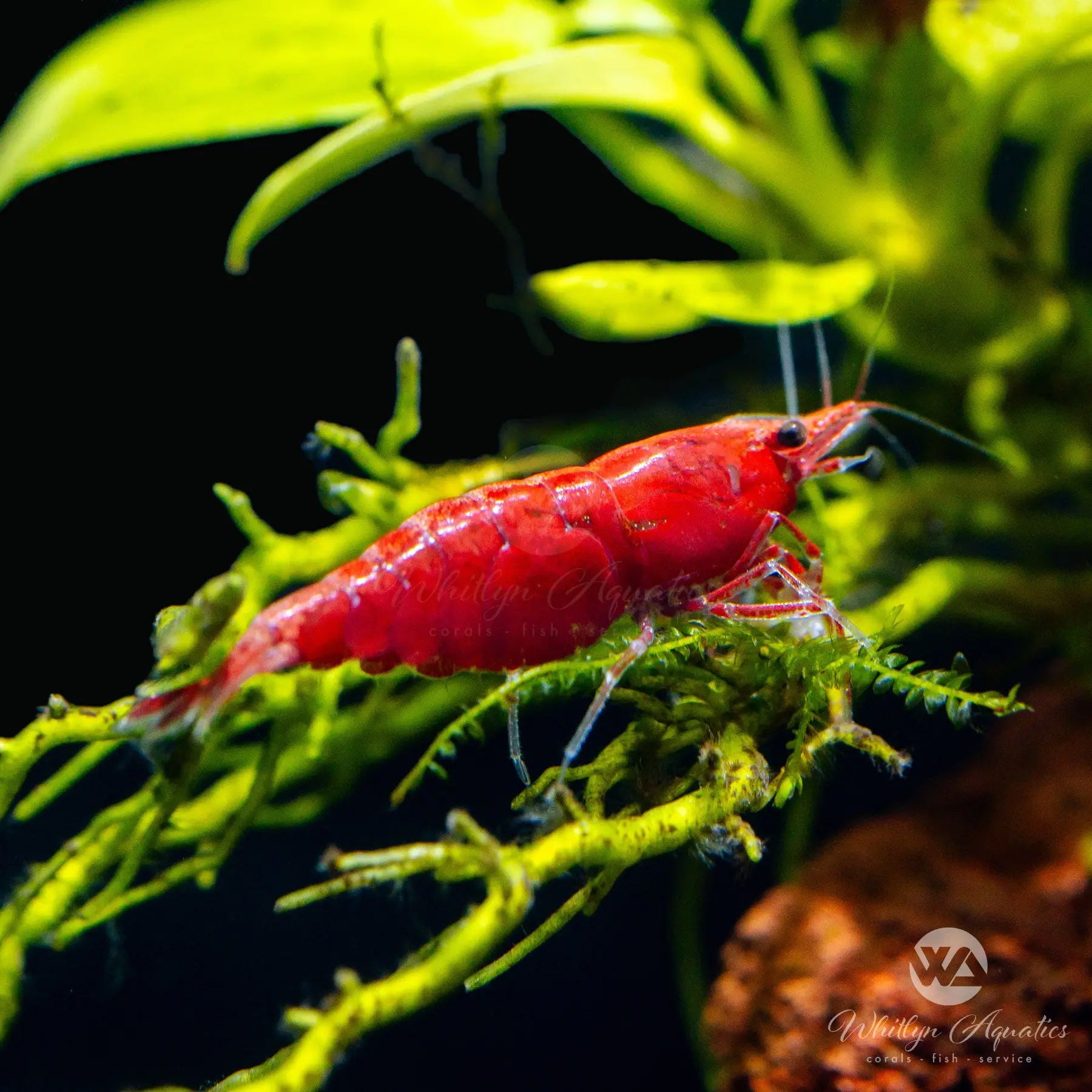
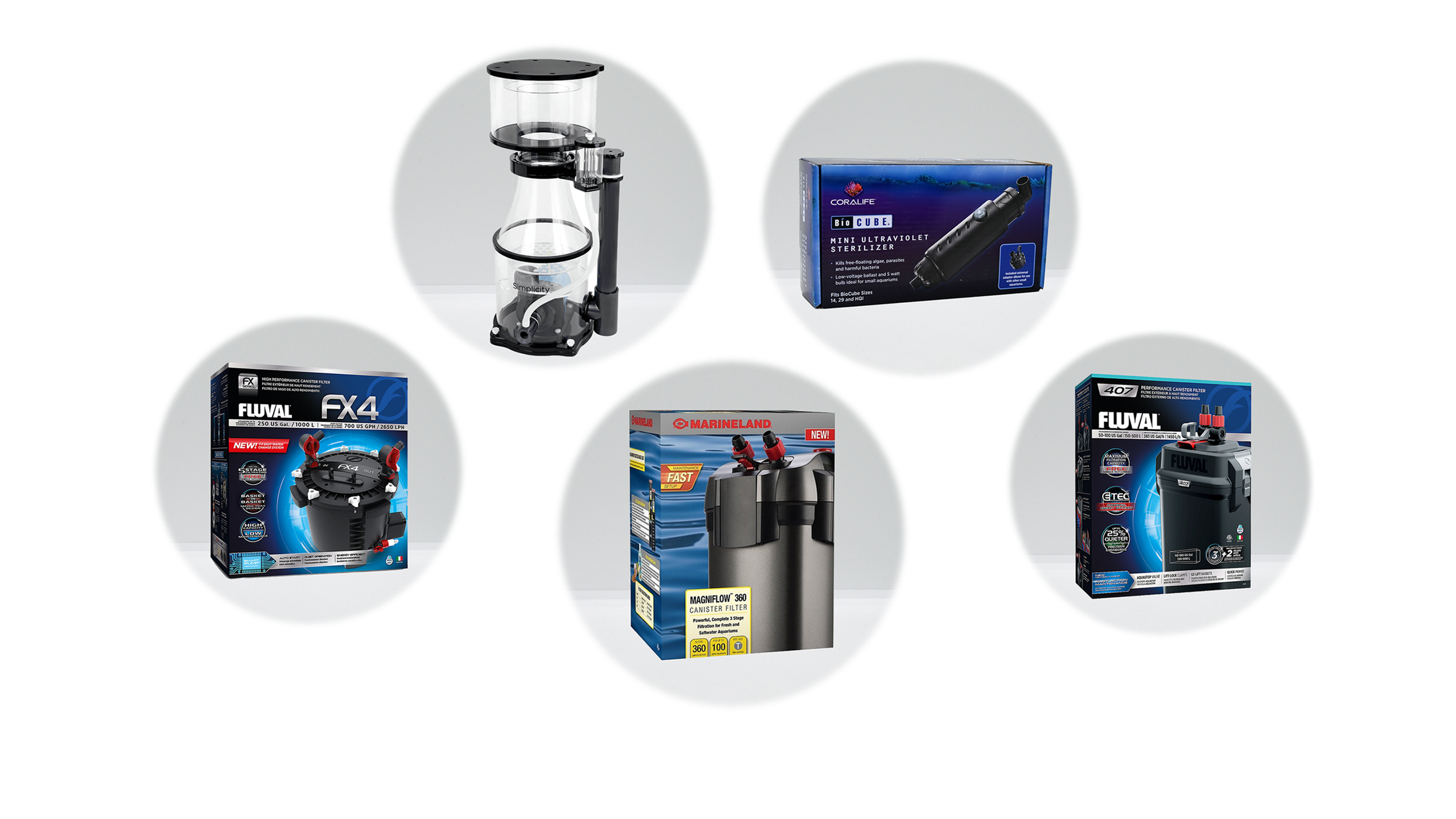

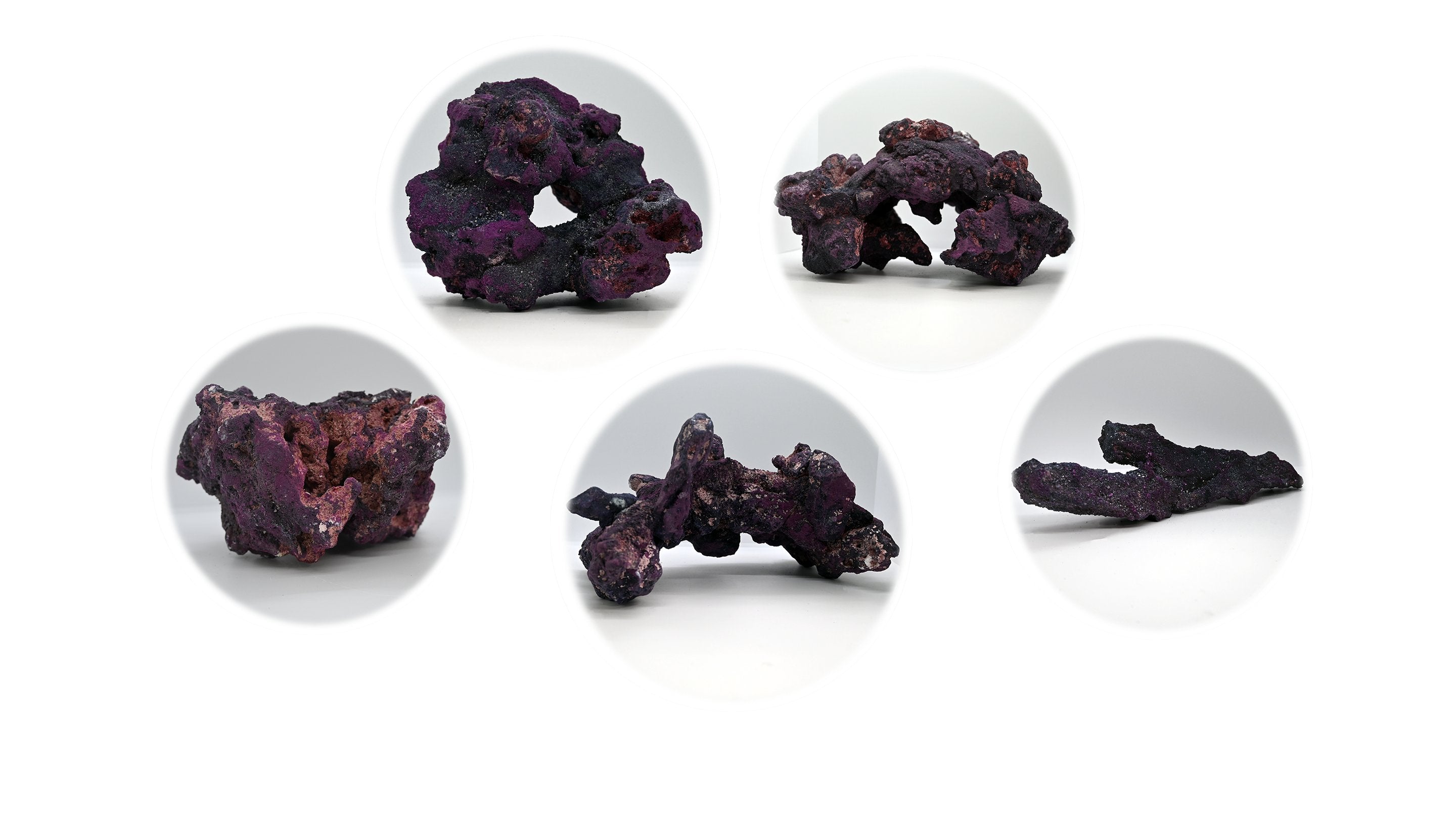
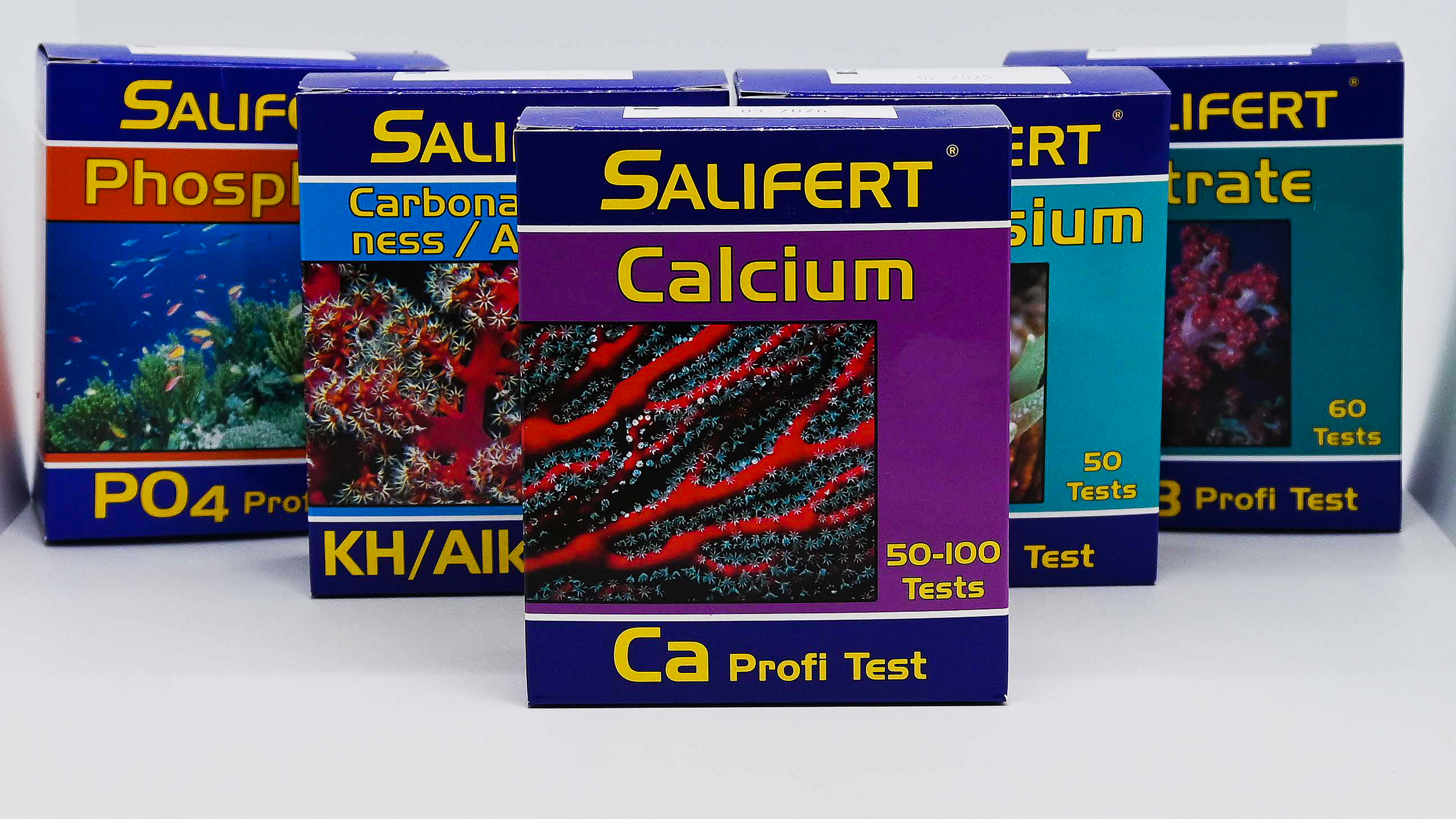
Leave a comment